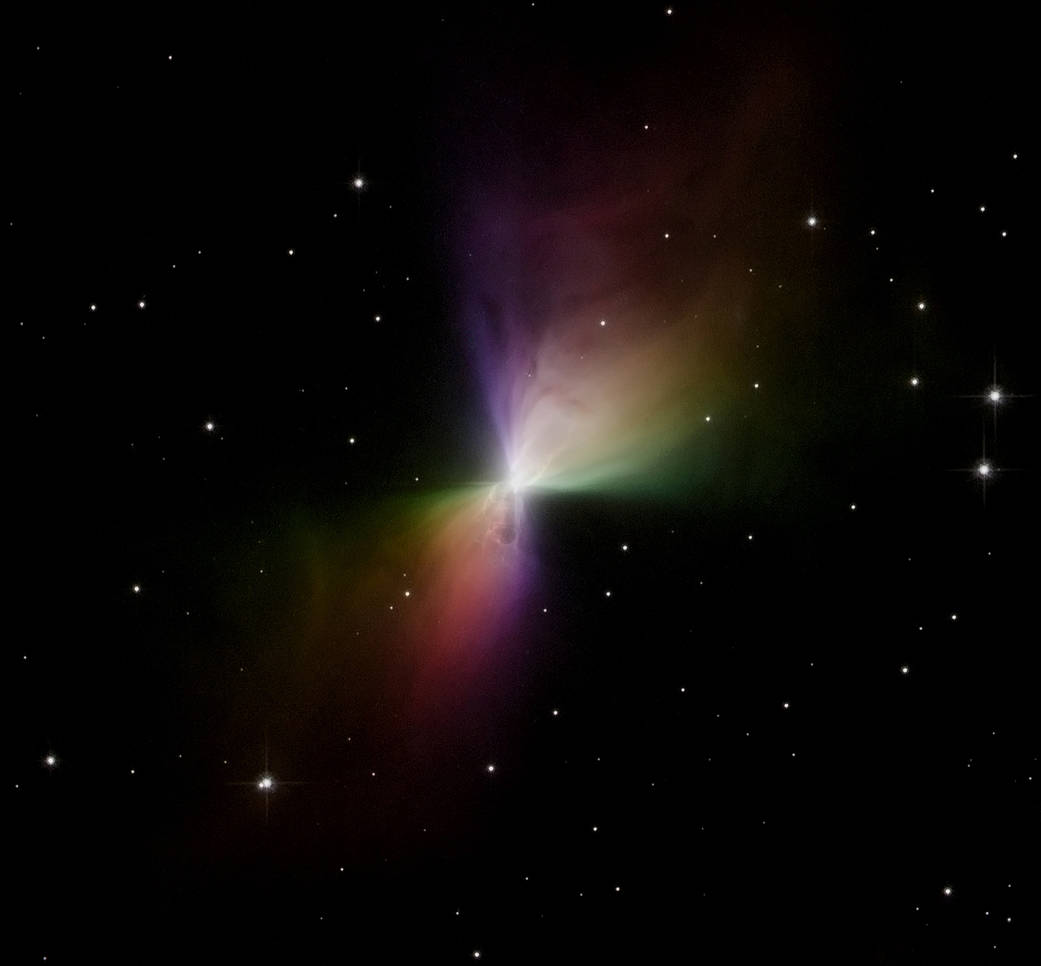The Hubble Space Telescope has “caught” the Boomerang Nebula in these new images taken with the Advanced Camera for Surveys. This reflecting cloud of dust and gas has two nearly symmetric lobes (or cones) of matter that are being ejected from a central star. Over the last 1,500 years, nearly one and a half times the mass of our Sun has been lost by the central star of the Boomerang Nebula in an ejection process known as a bipolar outflow. The nebula’s name is derived from its symmetric structure as seen from ground-based telescopes. Hubble’s sharp view is able to resolve patterns and ripples in the nebula very close to the central star that are not visible from the ground.
The Boomerang Nebula is about 5,000 light-years from Earth in the direction of the Southern constellation Centaurus. Measurements show the nebula has a temperature of only one degree Kelvin above absolute zero (nearly -460 degrees Fahrenheit).Image Credit: NASA, ESA and The Hubble Heritage Team (STScI/AURA)
1 min read




























